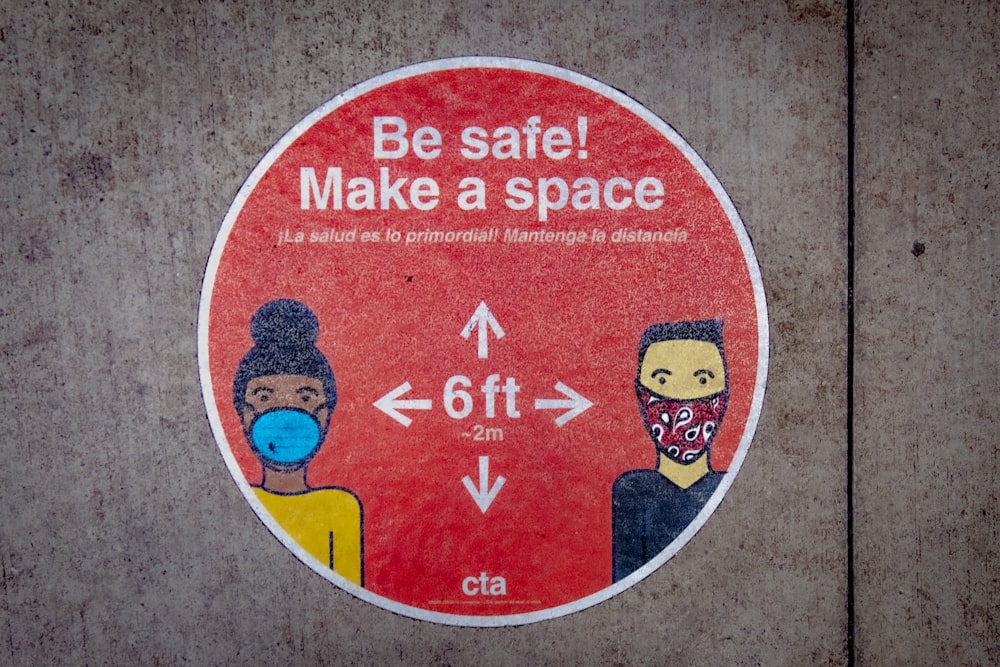The goal of social distancing is to avoid contact with others as much as possible when contagion is a risk to avoid the spread of infection. Here are some suggestions for the workplace.
"Social distancing" is defined as a technique used to "minimize close contact among persons in public places, such as a worksite and public areas." Social distancing can help employees avoid catching infections at work for example during flu season and at other times when there's an increased risk of contagious illnesses spreading.

Here are some social distancing strategies for the workplace recommended for high-risk periods:
* Try to keep at least 3-4 feet between yourself and other people at all times.
* Avoid face-to-face meetings. Use e-mail, telephone calls, and video conferencing to conduct necessary business.
* Set up systems for interacting with clients and vendors electronically.
* Implement staggered shifts.
* Avoid sharing equipment whenever possible. Items such as phones, headsets, and keyboards are difficult to clean and often host germs.
* Don't congregate in workrooms, copier rooms, and other areas where people socialize.
Here are three additional workplace strategies suggested in the Society for Human Resource Management's (SHRM) Social Distancing Guidelines:
* If a face-to-face meeting is unavoidable, minimize the meeting time, choose a large meeting room, and sit at least 3 feet from one another other, if possible.
* Avoid person-to-person contact such as shaking hands.
* Cancel or postpone nonessential meetings, gatherings, workshops, and training sessions.
The Utah Department of Health suggests these social distancing strategies for outside the workplace:
* Avoid unnecessary travel.
* Avoid public transportation, if possible. If you must use it, travel during non-peak hours to avoid crowds.
* Work out at home or exercise outdoors by yourself to avoid contact with others at the gym.

